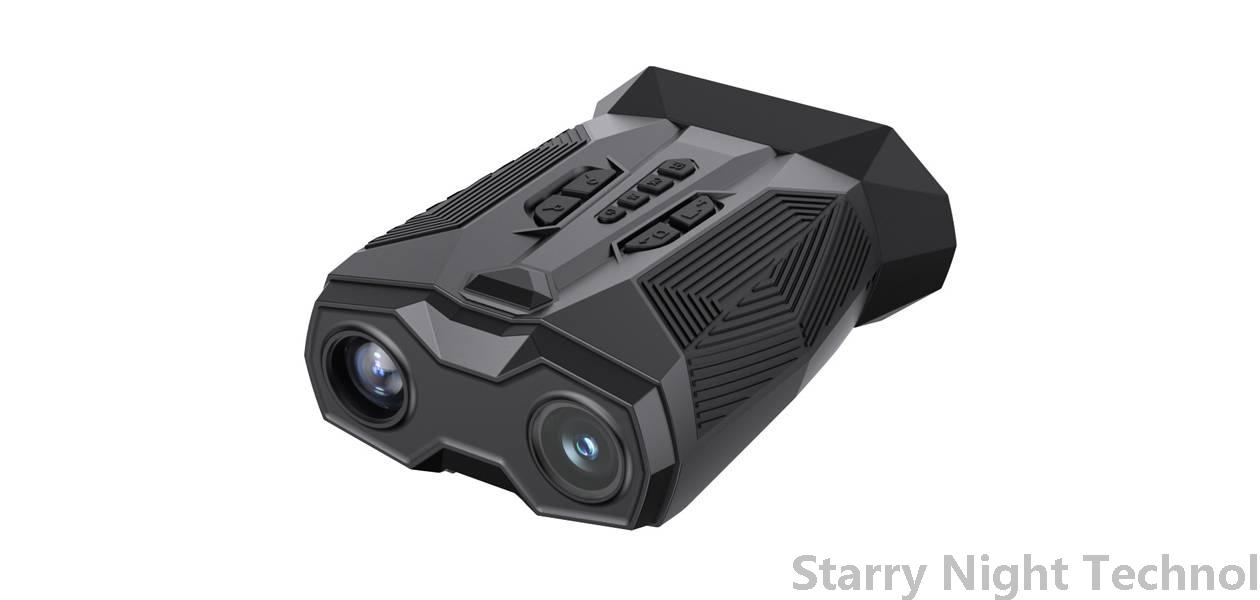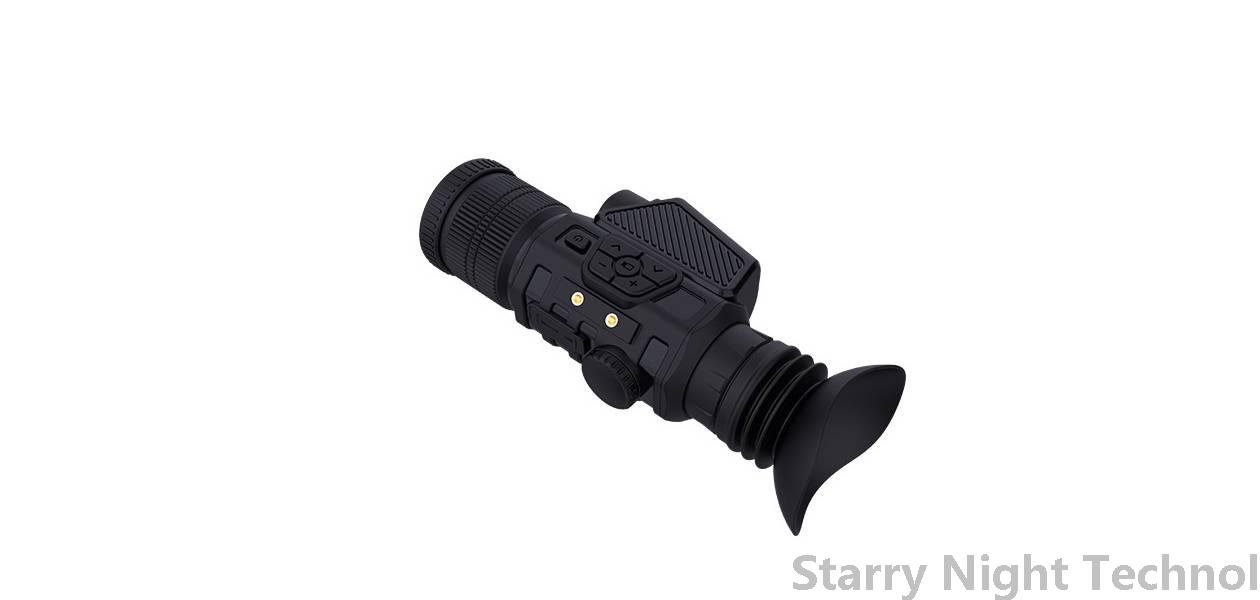Night Vision Devices: Transforming Military and Medical Practices
1759752050000

In the 21st century, technology continues to reshape various sectors of society. Among these transformative technologies are night vision devices (NVDs), which have evolved significantly since their inception during World War II. Originally developed for military use, NVDs play critical roles in modern warfare by providing enhanced visibility in low-light conditions. However, as technology progresses, these devices are also gaining traction in medical practices, enhancing patient care and diagnostic capabilities under dimmed environments.
#### Origins and Evolution of Night Vision Devices
The first significant developments in night vision technology occurred during WWII when British officer Sir A. V. McFarlane produced a device that used infrared light. This early form of night vision was rudimentary but laid the foundation for future advancements. As the decades went on, the introduction of image intensifier tubes allowed soldiers to see clearly in near-total darkness by amplifying existing light from stars or moonlight.
Today’s night vision devices range from Gen I through Gen IV systems, each generation representing an evolution in capability and clarity. Current models utilize advanced technologies such as digital cameras, high-sensitivity sensors, and sophisticated software algorithms that convert visible and infrared light into high-resolution images. The advent of thermal imaging has further broadened the application scope of night vision devices, enabling users to detect heat signatures regardless of ambient light levels.
#### Extensive Applications in the Military
Night vision technology has fundamentally transformed military strategies and tactics, providing armed forces with substantial advantages during operations. It allows personnel to conduct surveillance, reconnaissance, and tactical movements without compromising their position in obscured environments. Training exercises, raids, and search-and-rescue missions benefit immensely from reduced light interference, ultimately leading to better mission success rates.
Moreover, night vision equipment is not just limited to individual soldiers. Vehicles equipped with superior night vision capabilities can navigate treacherous terrains at night while maintaining situational awareness against potential threats. This comprehensive use of night vision fosters a safer battlefield environment, reducing casualties and improving operational effectiveness.
Additionally, the rapid development of unmanned aerial vehicles (UAVs) fitted with NVDs has altered reconnaissance methods. Drones outfitted with night vision provide real-time imagery, eliminating the uncertainty linked to troop deployments. They enable evaluators to obtain crucial intelligence before engaging adversarial positions or conducting humanitarian missions after natural disasters—all while remaining safely out of reach of ground fire.
 While the military's adoption of night vision has been extensive, the potential applications in medicine are equally compelling and innovative. Historically, healthcare professionals faced challenges diagnosing patients under insufficient lighting conditions, especially in emergency settings like surgical rooms or nighttime wards.
While the military's adoption of night vision has been extensive, the potential applications in medicine are equally compelling and innovative. Historically, healthcare professionals faced challenges diagnosing patients under insufficient lighting conditions, especially in emergency settings like surgical rooms or nighttime wards. Night vision devices offer real solutions by augmenting standard illumination techniques with enhanced vision capabilities. Clinicians operating in low-visibility situations, such as Emergency Departments during late hours, can use NVDs to conduct initial assessments effectively. In scenarios involving trauma care, where every second counts, the ability to visualize injuries instantly could save lives.
Furthermore, procedures like intubation, wound diagnosis, or other processes requiring precision can be streamlined using night vision gear. Surgeons, who often work within confined and poorly lit areas, particularly benefit from these technological enhancements. The ability to see fine details—vessels, nerves, or pathological changes—in challenging visual conditions supports improved outcomes and minimizes complications related to human error.
Various medical facilities are exploring ways to integrate night vision optics with robotic surgery systems. By providing surgeons with unprecedented views during complex procedures, these technologies enhance dexterity and efficacy, transforming how medical interventions occur. Furthermore, considerations concerning environmental factors such as overhead lights and reflections become less impactful, allowing physicians to focus sharply on the task ahead.
#### Future Prospects and Challenges
As we look toward the future, the growth of night vision devices seems boundless. Advancements in artificial intelligence and machine learning may pave the way for even smarter designs capable of identifying anomalies automatically—both on the battlefield and in clinical settings. Integrated systems that combine night vision capabilities with augmented reality applications might allow medics and military personnel to overlay vital information directly onto their field of view, supporting faster engagement decisions.
Despite their immense benefits, some challenges accompany the proliferation of night vision devices. The ethical implications surrounding their military use raise questions about privacy and accountability in warfare. Moreover, ensuring affordability and accessibility in the medical sphere remains paramount; prices of current NVDs can hinder widespread implementation despite clear advantages.
#### Conclusion
Night vision devices have revolutionized both military operations and medical practices, opening doors previously thought impossible in low-light circumstances. Their capacity to enhance visibility and accuracy addresses pressing needs across disparate fields, promoting safety and efficiency. With ongoing advancements promising more sophisticated iterations poised for deployment, one can only imagine the profound impact this technology will continue to wield in reshaping our world. Whether on the battlefield or in hospitals, night vision stands as a testament to human ingenuity and its incessant quest for improvement and progress.
What to buy for night vision device accessoriesStarry Night Technol

